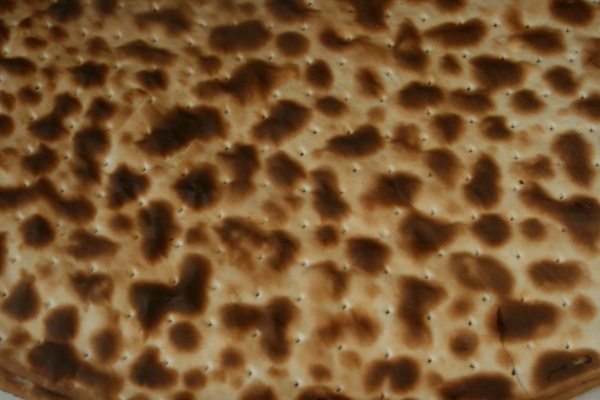Facts About Torta
The term "torta" is intriguing because it carries diverse meanings across different parts of the world, each with its own culinary nuances.
In Spain and Latin America, "torta" typically denotes sweet cakes, such as those served at weddings or birthdays. In the Philippines, it can signify small cakes or a traditional sponge cake known as torta mamón. Meanwhile, in European countries like Hungary, the Czech Republic, and Italy, "torta" often refers to layered cakes filled with sponge, cream, chocolate, or fruit. In the Middle East, the term is employed for various tarts.
"Torta" also has a savory dimension. In Mexico, it refers to a type of sandwich made with a white sandwich roll. Spain has its own regional variations, such as the torta de gazpacho, and historically, a torta in Spain was a flat, round bread made with baking soda or powder instead of yeast. In the U.S., these Mexican-inspired tortas have gained popularity, featuring a variety of delicious fillings.
In the Philippines, "torta" can also mean omelets made with eggs, meat, and vegetables. In Italy, it can refer to either a sweet or savory pie with a consistent filling of blended ingredients. In Brazil, Portugal, and Malta, "torta" encompasses both sweet and savory pies. In South American countries like Venezuela and Chile, a dessert cake is called a torta.
Mexican tortas are particularly fascinating. These sandwiches can be filled with anything from ham and avocado to scrambled eggs. Unique variants like the torta ahogada, which is drenched in red sauce, are quite popular. The Torta Cubana is a specialty stuffed with various meats. You can find tortas at events, as street food, or in dedicated torta shops.

 United States
United States